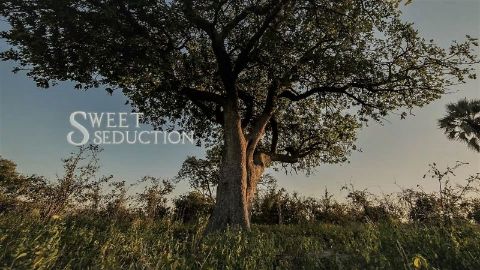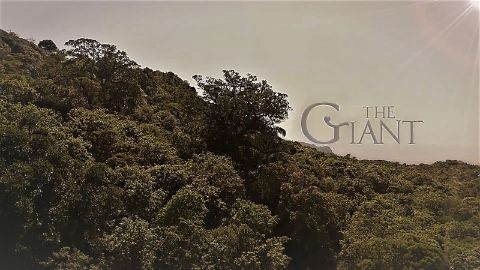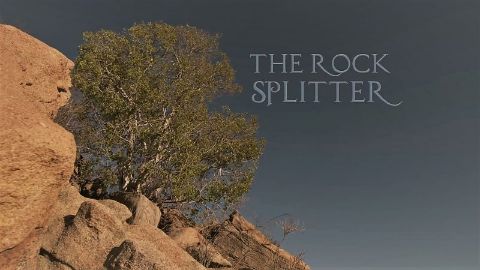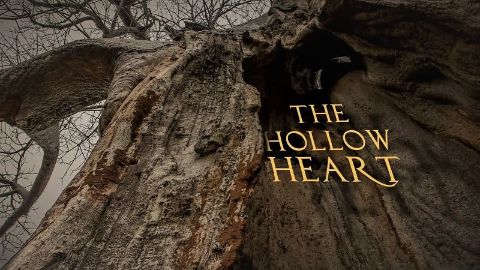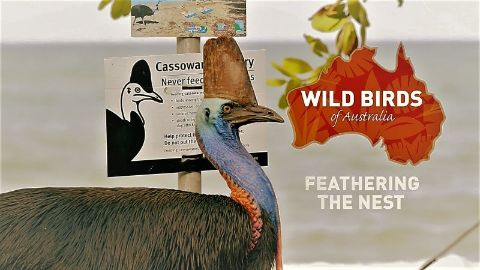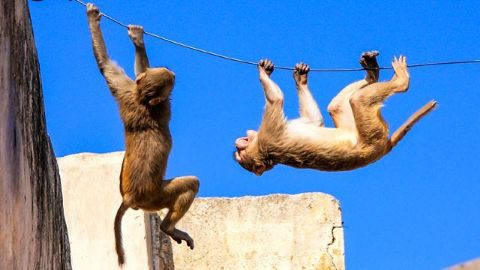The Giant • 2018 • episode "S1E3" • Rooted
In the misty and lush tropical forest surrounding South Africa's Soutpansberg Mountains, a 600-year-old outeniqua yellowwood tree reigns supreme. It's 115 feet tall, and a source of food and shelter for an array of plants and animals. Crowned eagles construct massive nests in her fold, and Samango monkeys take refuge in her branches. As if it wasn't unique enough, this ancient, endangered tree has no flowers, instead reproducing through male and female cones-a marvel of the natural world, and a true South African treasure.
Make a donation
Buy a brother a hot coffee? Or a cold beer?
Hope you're finding these documentaries fascinating and eye-opening. It's just me, working hard behind the scenes to bring you this enriching content.
Running and maintaining a website like this takes time and resources. That's why I'm reaching out to you. If you appreciate what I do and would like to support my efforts, would you consider "buying me a coffee"?
Donation addresses
BTC: bc1q8ldskxh4x9qnddhcrgcun8rtvddeldm2a07r2v
ETH: 0x5CCAAA1afc5c5D814129d99277dDb5A979672116
With your donation through , you can show your appreciation and help me keep this project going. Every contribution, no matter how small, makes a significant impact. It goes directly towards covering server costs.

